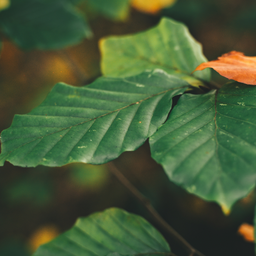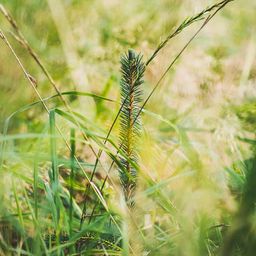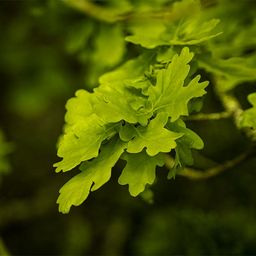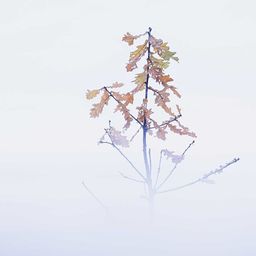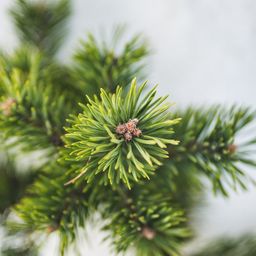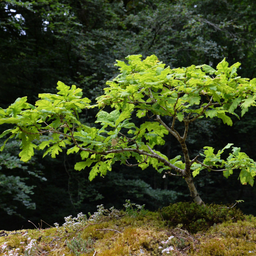
Scots Pine: Meaning and use
The largest conifer in Europe, pinus sylvestris is considered our best looking pine.
Scots Pine
Scots pine ( Pinus sylvestris), from the Pinaceae family, has several names such as "Baltic pine," "European red pine," or "Scotch pine." This pine is found across all of Europe and through eastern Siberia, up through the mountains of the Middle East. It is found at altitudes of up to 1600m. It is a very useful tree, especially for medicine.
Why does EcoTree plant Scots Pine?
The Scots Pine can withstand periods of drought, making it our ally during a period of global warming. It can also resist cold temperatures, a reason why it's often found in northern Siberia where it can face up to -50ºC. Not a fussy tree, it likes mountains and sandy soil, but can adapt to poor soil.
The Scots Pine is often found nearby Oaks and its wood is very often used for joinery and carpentry.
Scots Pine - Overview
Scots Pine - Overview
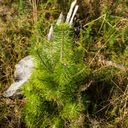
Scots Pine - Species requirements
Scots Pine is a hardy pine species that thrives in difficult climatic conditions and poor soils. This single-seeded conifer can withstand both drought and extreme cold.
It is a pioneer species and can be used to reforest places where other tree species would find it very difficult to grow. Due to its need for light, Scots Pine likes sunny locations, light soil that is slightly acidic but not calcareous and well-drained. It is best planted in autumn or even as late as April, except during periods of frost. Its root system and taproot allow it to penetrate deep into the soil.
Scots Pine wood
This resinous species was once highly valued by shipwrights for the quality of its wood. Nowadays, its wood has multiple uses in the fields of construction, carpentry, and the paper industry.
Its flexible red-yellow wood is still used in construction and shipbuilding as much outisde, in the form of structural timber and framework, as inside, in the form of joinery and flooring. It is also used in the manufacture of pulp, plywood, pallets, and crates.
Turpentine is made out of its sap, as is Scots pine essential oil, popular in alternative medicine.
Scots Pine's symbolism
In some cultures, the Scots Pine is seen as a symbol of vitality and good health. People believe it helps clear mucus and fight fatigue. Herbal tea made from its needles or buds—harvested at the end of winter when they're still sticky—serves as an antiseptic and a decongestant, especially for those with respiratory infections or coughs.
Scots Pine is also used to help with urinary tract infections (UTIs) thanks to its anti-inflammatory properties, similar to cortisol. Since ancient times, Scots Pine essential oilhas been used to ease respiratory issues like bronchitis and sinusitis and joint pain from conditions like rheumatism and arthritis.
Moreover, Scots Pine is known for its calming and revitalizing effects. It can reduce stress by supporting the adrenal glands, so its herbal tea is often recommended to improve focus, lower stress, and restore energy, particularly in severe fatigue or depression.
Our selection of trees
Our goal is to enable anyone to do something that benefits nature and helps us to live in a more harmonious world. So why not become a tree owner in a European forest and help combat climate change?
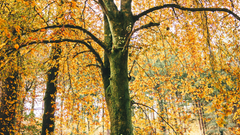

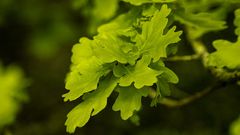

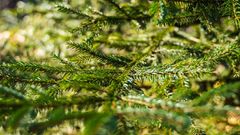

Please note that this is promotional communication. See our notice of information.

